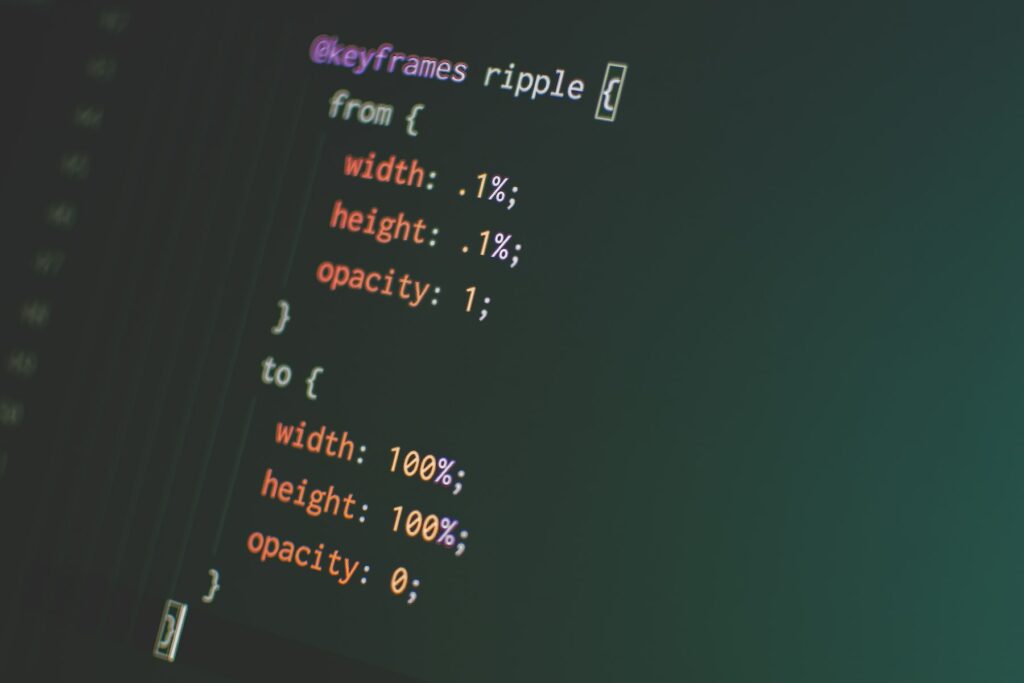![The ‘Giveaway Piggy Back Scam’ In Full Swing [2022]](https://www.cjco.com.au/wp-content/uploads/pexels-nataliya-vaitkevich-7172791-1-scaled-2-683x1024.jpg)

Enhancing Web Interactivity: A Comprehensive Guide to Using Box-Shadow as a Hover Effect in CSS

As Seen On
Interactive Elements and Box-Shadow
Interactive elements are the heartbeat of any website. When users hover their cursor over a button or a link, they love to see a responsive interaction from these elements. This is where ‘box-shadow’ as a hover effect comes into play. When skillfully implemented, these subtle changes could mimic the sense of pressing a physical button, transforming the user interface interaction. Far from being just a visual gimmick, it works as a visual feedback mechanism, communicating to the user that their action has been acknowledged.
Case Studies and Examples
Understanding the application of this hover effect can be better cemented with a step-by-step guide. A popular instance of its application is on the work of well-renowned designer, Preethi Sam, notably in her projects ‘Gradient Hover.’ This effect allows a seamless transition from one color to another when an element is interacted with. Be it on image galleries or navigation menus, the application possibilities are rich.
On a similar note, a revolutionary spin on this effect is when it is applied to text elements, as seen in ‘Gradient Hover 2’ by Preethi Sam. The guiding principle here is similar; however, the visual impact on text-based elements offers a compelling design strategy.
Design Conducive to User Interface
A pivotal aspect that should not be missed when working with shadows is the complementary nature of your overall design layout. Favor designs, color themes, and arrangements that augment clarity in user-element interaction. Above all, ensure the hover effect adds value to the user interaction and doesn’t perplex or mislead the user.
Concluding Thoughts
The strategic use of ‘box-shadow’ as a hover effect is more than just a design embellishment. It’s a potent tool that augments user experience, fostering interactivity and engagement. As a designer, it is thrilling to experiment with various colors, gradients, and applications of this effect, enriching your design layout.
To further enhance your knowledge and skills, consider exploring resources on design neutrality, radial and conic gradients, responsive image effects, and CSS hover and pointer media queries.
Do share your experiences with the ‘box-shadow’ hover effect in your web designs. Your feedback and experiences are vital in fostering a community that learns, shares, and grows together.
In the realm of web design, innovations like the ‘box-shadow’ are continuously pushing boundaries, further evolving what is possible and expected in a successful and user-interactive design. Let’s continue to learn, adapt, and create more engaging, interactive designs in the digital landscape.
Casey Jones
Up until working with Casey, we had only had poor to mediocre experiences outsourcing work to agencies. Casey & the team at CJ&CO are the exception to the rule.
Communication was beyond great, his understanding of our vision was phenomenal, and instead of needing babysitting like the other agencies we worked with, he was not only completely dependable but also gave us sound suggestions on how to get better results, at the risk of us not needing him for the initial job we requested (absolute gem).
This has truly been the first time we worked with someone outside of our business that quickly grasped our vision, and that I could completely forget about and would still deliver above expectations.
I honestly can't wait to work in many more projects together!
Disclaimer
*The information this blog provides is for general informational purposes only and is not intended as financial or professional advice. The information may not reflect current developments and may be changed or updated without notice. Any opinions expressed on this blog are the author’s own and do not necessarily reflect the views of the author’s employer or any other organization. You should not act or rely on any information contained in this blog without first seeking the advice of a professional. No representation or warranty, express or implied, is made as to the accuracy or completeness of the information contained in this blog. The author and affiliated parties assume no liability for any errors or omissions.

